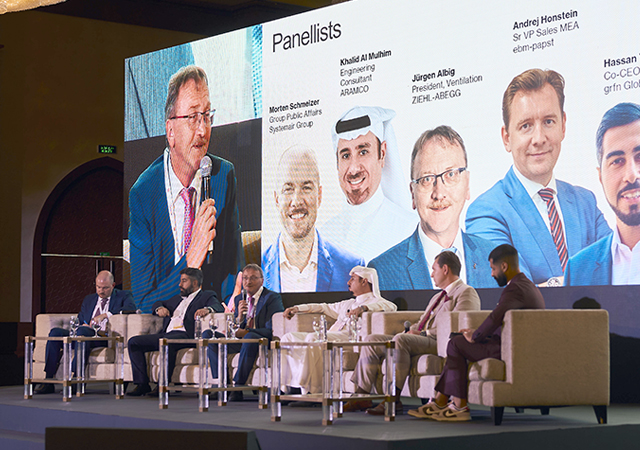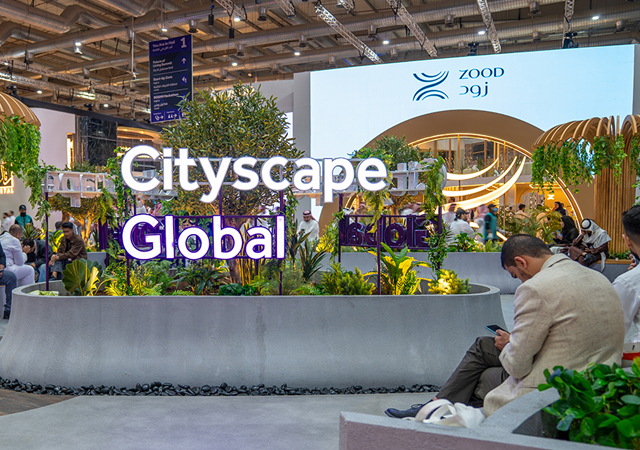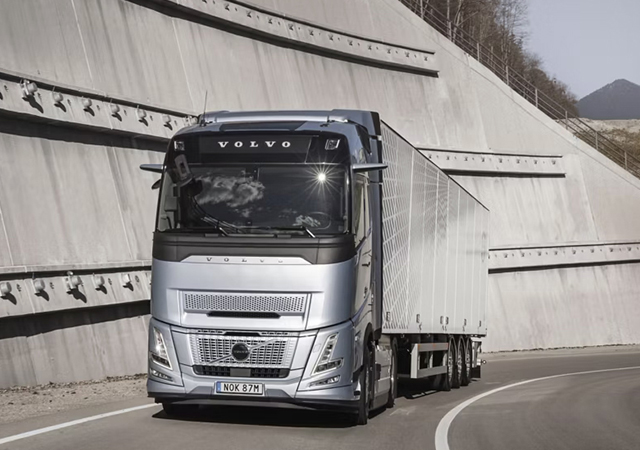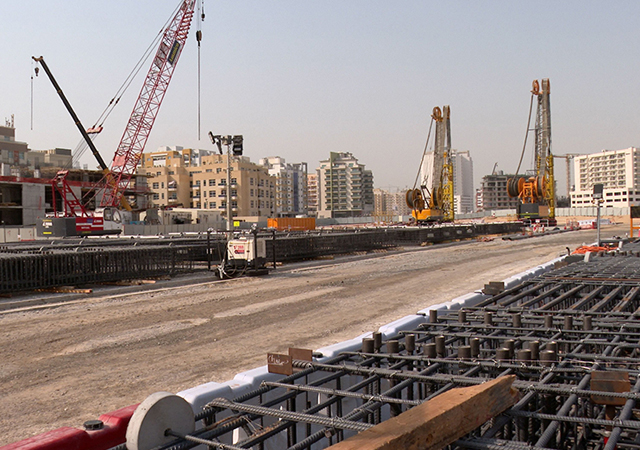
 The pipeline from Ardiya to Sulaibiya. The sections marked in yellow are complete.
The pipeline from Ardiya to Sulaibiya. The sections marked in yellow are complete.
The Sulaibiya wastewater treatment and reclamation plant is a groundbreaking project, not only in the Middle East where it is the first infrastructure facility of its size to be executed as BOT but also worldwide as it is the largest of its kind using the reverse osmosis (RO) technique in domestic wastewater reclamation.
In 1999, Kuwait Government, represented by the Ministry of Finance, invited prequalified consortia to submit their bids as concessionaires to build and operate this facility over a 30-year concession period, after which the ownership would be transferred to the Kuwait Government (which would again seek bids for the operation and maintenance of the plant over a consecutive 30-year period). Each consortium included a foreign investor to benefit Kuwait in the field of technology transfer.
In April 2001, a consortium led by the Al Kharafi Group of Kuwait won the competition and formed Utilities Development Company (UDC) with Ionics of the US, the foreign member in the winning consortium and on 7 May 2001, Nasser Al-Kharafi, president of Al-Kharafi Group of Companies and chairman of the board of UDC signed the concession contract with the Government of Kuwait represented by the Minister of Public Works.
Immediately, UDC embarked on a 14-month assignment to develop the conceptual design, through studies, surveys and permits, to enable construction to start. During this period, UDC worked on securing financing for the project and in June 2001 signed a 25-year facility agreement with three Kuwaiti banks: National Bank of Kuwait (NBK), the Gulf Bank (GB) and the Bank of Kuwait and the Middle East (BKME).
On July 7 2001, NBK, the agent bank, declared financial closure and this date effectively marks the beginning of the 30-year concession and the launch of a 30-month construction period. A joint venture company, Philipp Holzmann Kharafi Sulaibiya Joint Venture (PHKSJV) is building the facilities under a turnkey engineering, procurement and construction (EPC) contract. In addition to Philipp Holzmann Company, the joint venture includes two of the major companies in the Kharafi Group: Mohammed Abdulmohsin Al-Kharafi & Sons for General Trading, General Contracting and Industrial Structures (known as MAK Construction) and the National Company for Mechanical and Electrical Works. (known as Kharafi National).
Plant output
The plant will initially treat up to 375,000 cu m per day of raw domestic wastewater when it begins operations by the end of 2004. The capacity will eventually reach up to 600,000 cu m per day during the concession period. The plant will treat around 60 per cent of Kuwait’s total domestic wastewater.
The reclaimed water produced by the plant will have specifications exceeding the standards of the World Health Organisation (WHO) for potable water but its usage will be limited to the agricultural and industrial fields as well as for potential use in residential and commercial areas for gardening, car and building washing among others. The Kuwaiti Government will be the off-taker of the plant’s entire production of reclaimed water and will, in turn, sell it to the users through a distribution system network.
Project components
Work is currently ongoing swiftly at all the three sites of the project:
As the bulk of the thousands of cubic meters of concrete are already put in place and with the mechanical and electrical works currently ongoing practically at all locations, the progress of the work indicates that the construction of the project will be completed in December 2004 as scheduled. In order to easily achieve this challenging target, testing of the individual equipment and systems will begin in March 2004 with a possible staged completion beginning by mid-2004.
Treatment & reclamation stages
In order to obtain high-quality reclaimed water, the wastewater is treated in several stages starting from screening and degritting at Ardiya and ending with reverse osmosis at Sulaibiya.
At Ardiya, the preliminary treatment of the wastewater starts by retaining sands and solid materials and removing the fat, oil and grease. The wastewater then moves to buffer tanks to regulate the flows arriving at Ardiya and absorb the peaks before entering the pumping station that contains large-capacity pumps to move the wastewater to Sulaibiya through three 25 km ductile lines.
At Sulaibiya, the wastewater is first treated biologically through a conventional wastewater treatment plant before going through a reclamation plant comprising ultrafiltration and RO systems. It is then delivered to the MPW for safe reuse.
Biological treatment starts in aeration basins where air is forced through special air blowers to enable the bacteria to oxidise organic materials. Solid material is then separated in secondary clarifiers before moving it to the reclamation plant.
From the secondary clarifiers, the solid sludge is taken for further treatment by means of gravity-built thickeners and aerobic digesters to produce a stable and hygienically safe sludge that will be transferred to large sludge-drying beds to be dried before use for agricultural purposes as a natural fertiliser.
Also, through the biological treatment, a good amount of nitrogen and phosphorus components are disposed of.
In the reclamation plant, advanced treatment commences by ultra-filtration, where a large percentage of microscopic solid materials, dissolved salts and microscopic living organisms are removed. The filtered water is then pumped to the reverse osmosis plant where the remaining dissolved salts and micro-organisms are removed.
Chlorine is then added to the produced water to ensure that it is free from viruses, bacteria and living organisms. The water is now ready for use by the consumers.
To complement the project’s environmental benefits, the plant is provided with facilities to treat odours with chemicals.
Project benefits
The project will provide several benefits to Kuwait through:
When the concession period expires, the plant ownership will be transferred to the State of Kuwait, free of charge. By then, the total savings to the country will be around KD2 billion ($6.7 billion) over the lifetime of the 30-year concession.
After completion of construction in December 2004, The National Company For Mechanical and Electrical Works (Kharafi National), will operate and maintain the plant with the participation of United Utilities Company of the UK.
Ionics will also remain involved with the operation and maintenance of Sulaibiya, not as a shareholder in UDC but by having Italba, one of its subsidiaries, operating and maintaining the ultra-filtration and reverse osmosis part of the plant.
Sulaibiya is the first in a series of similar projects in the region through which problems related to the scarcity of water resources may be solved. Similar projects are also promising as they reduce the need to build more expensive seawater desalination plants. What’s even better is when similar facilities are built as BOT projects and the governments, which are keen to privatise their infrastructure, are relieved of the huge construction costs of such plants.

















.jpg)













 (1).jpg)















































